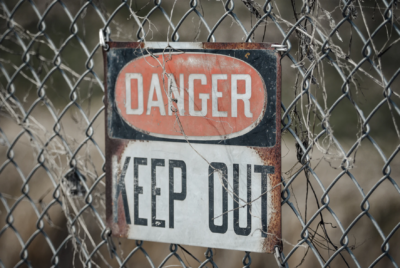Using Social Media to Raise Awareness Diplomatically In the age of digital connectivity, social media has…
Baby Monitor Radiation

We all want to protect our babies, but there’s so much to learn. One issue you may not have considered is the radiation from wireless baby monitors. Here is more on what to look for, what to know, and what to consider about baby monitor radiation.
What Is the Radiation Risk?
All of our electronics emit radiation. This is called electromagnetic fields. Things like your laptop, cellphone, and WiFi all have this – and so do wireless baby monitors.
Research shows that while they don’t know the long-term effects of EMF, they do know that exposure may cause problems such as hyperactivity and memory loss. They even found out that the brain had more activity near these objects.
How Might It Affect Your Baby?
According to Baby Gear Essentials,
Most modern baby monitors use DECT or FHSS technologies that operate on frequencies ranging from 1.89 GHz to 2.4 GHz. These are the same electromagnetic frequencies (EMF) that microwaves and WiFi routers use and there are concerns about the high levels of radiation that these devices are emitting.
Baby monitors with an ongoing video signal, in particular, operate by constantly emitting strong bursts of microwave radiation when powered on. These bursts can take place up to 100 times per second, even when placed in standby mode.
As far as your baby’s health, their skulls are not fully developed, making them more susceptible to the dangers of EMFs. In fact, the age they are fully developed is 20. But in their infant years, they are most vulnerable.
What Can You Do To Protect Your Baby From Baby Monitor Radiation?
There are two main components of protection from baby monitor radiation. One is to keep the monitor as far away from the baby as possible. We realize you need to hear the baby, so you may have to experiment some. While that’s not always the easiest route, there is another choice.
Choose to buy a baby monitor that is low-frequency. These have a lower band frequency, and use analog frequency modulation. This is the same type of thing you’ll find in an FM radio. Now these do not come without their own issues. Since they have a lower band frequency, they are not as strong as the others, and you may find that the signal is weaker. They also have some issues with video and audio quality as compared to the others.
Weigh Your Choices
Only you can decide which type of option is safest for your baby. You can also choose one that is voice-activated so that it only comes on then. Another idea is to only use it when you need it. Don’t leave it on 24/7.



